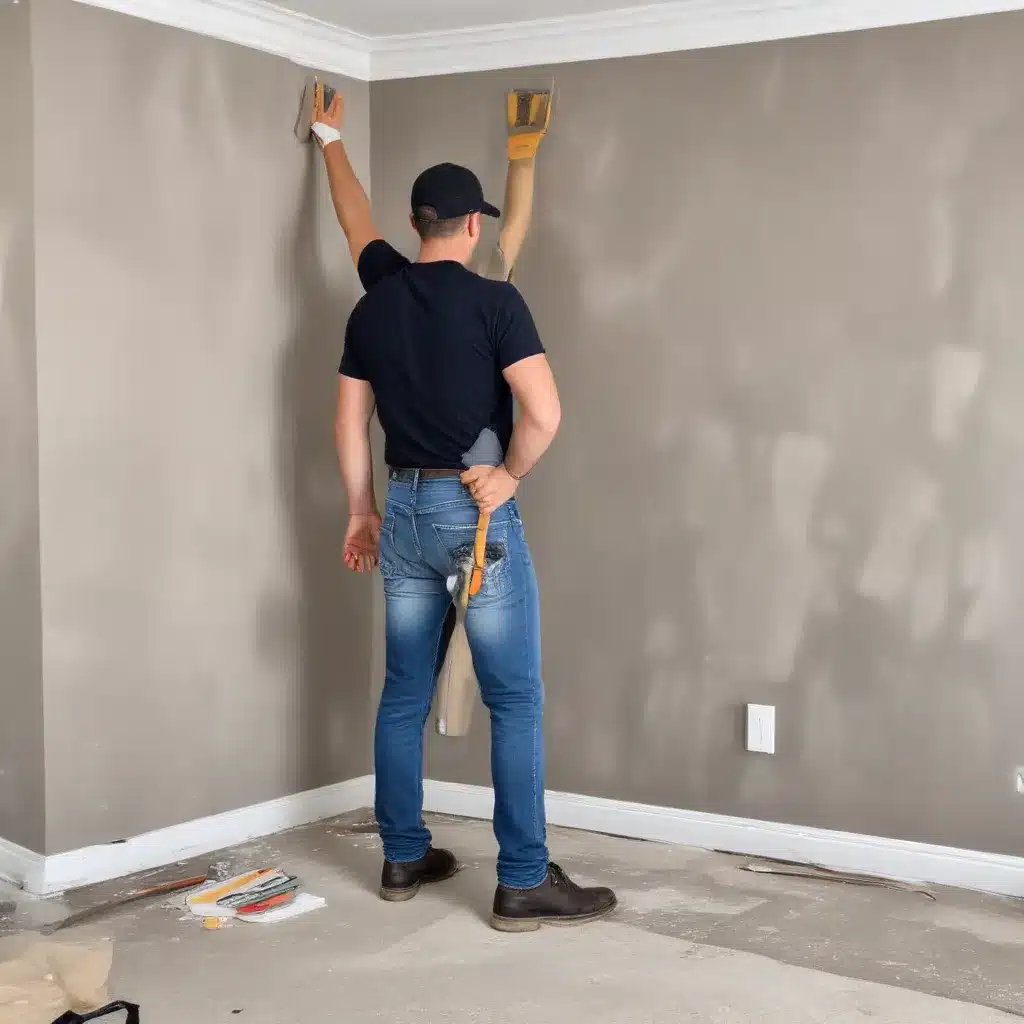Renovating a home can be an exciting yet daunting endeavor, especially when balancing DIY (do-it-yourself) projects and hiring professional contractors. The key to a successful renovation lies in finding the right balance between your own hands-on work and the expertise of seasoned professionals. By strategically blending these two approaches, you can create a seamless transformation that not only fits your budget but also aligns with your aesthetic vision and functional needs.
Bridging the Gap
Identifying DIY-Friendly Tasks
When it comes to home renovations, there are numerous tasks that can be tackled through DIY efforts, allowing you to save on labor costs while also enjoying the satisfaction of hands-on work. Some common DIY-friendly projects include painting, installing laminate flooring, updating light fixtures, and constructing basic built-in furniture. By carefully assessing your skills, tools, and available time, you can identify which tasks you can confidently tackle on your own.
Integrating Professional Expertise
While DIY projects can be incredibly rewarding, there are also areas where professional expertise is invaluable. Tasks such as electrical work, plumbing, structural modifications, and complex HVAC installations often require the knowledge and experience of licensed contractors. By recognizing your own limitations and bringing in the right professionals, you can ensure that critical components of your renovation are handled safely and effectively.
Achieving Seamless Transitions
Design Continuity
One of the key challenges in blending DIY and professional work is maintaining a cohesive design throughout your renovation. Whether you’re tackling a full-home makeover or focusing on specific rooms, it’s crucial to establish a clear aesthetic vision and ensure that your DIY projects seamlessly integrate with the work done by professionals. This may involve aligning color schemes, material selections, and stylistic choices to create a harmonious flow from one area to the next.
Workflow Management
Effectively managing the renovation workflow is essential for a smooth and efficient process. This involves coordinating the timing and sequence of tasks between your DIY efforts and the work of hired contractors. Careful planning can help you avoid delays, minimize disruptions, and ensure that each phase of the project transitions smoothly into the next. Regular communication with your team, whether it’s a professional project manager or your own diligent scheduling, will be crucial in maintaining control over the timeline and managing expectations.
Optimizing Renovation Costs
DIY Cost-Saving Strategies
One of the primary advantages of incorporating DIY projects into your renovation is the potential for significant cost savings. By taking on tasks like painting, tile installation, or even simple demolition, you can reduce the overall labor expenses. Additionally, being an informed consumer and strategically sourcing materials can lead to substantial savings. Researching budget-friendly alternatives, taking advantage of sales or discounts, and exploring eco-friendly options can help you stretch your renovation budget further.
Balancing DIY and Professional Expenses
While DIY work can be a cost-effective approach, there are certain areas where engaging professional contractors is essential. Tasks that involve complex structural work, specialized skills, or safety considerations may require a higher investment but can ultimately pay off in the long run. When budgeting for your renovation, it’s crucial to strike the right balance between DIY and professional expenses, considering both the immediate costs and the potential return on investment (ROI) in terms of long-term functionality, durability, and overall home value.
Design Considerations
Aesthetic Cohesion
Maintaining a cohesive aesthetic throughout your renovation is paramount, whether you’re tackling the project entirely on your own or blending DIY and professional work. Ensure that your color schemes, material choices, and design elements seamlessly flow from one area to the next, creating a harmonious and visually appealing environment. This may involve carefully coordinating the finishes, fixtures, and furnishings used in your DIY projects with the work done by your hired contractors.
Functional Integration
Beyond the aesthetic considerations, it’s essential to prioritize the functional integration of your renovation. This includes ensuring the structural integrity of any DIY modifications, as well as the proper integration of mechanical systems, such as HVAC, plumbing, and electrical. By working closely with professionals in these specialized fields, you can guarantee that your home’s core systems are not only updated but also efficiently and safely integrated into the overall design.
Project Management Techniques
Effective Communication
Maintaining clear and effective communication throughout the renovation process is crucial for a successful outcome. Whether you’re collaborating with professional contractors or managing your own DIY projects, regular check-ins, progress updates, and the ability to address any concerns or questions can help mitigate potential issues and keep the project on track.
Maintaining Quality Control
Ensuring consistent quality control is essential, particularly when blending DIY and professional work. This may involve regular inspections, both by yourself and by hired experts, to identify any potential problems or areas that require additional attention. Proactive troubleshooting and prompt problem-solving can help you address any challenges that arise, ensuring that the final product meets your high standards.
By strategically blending DIY and professional work, you can unlock the full potential of your home renovation project. Whether you’re tackling a small bathroom update or a complete living space transformation, the key lies in identifying the right balance between your own hands-on efforts and the expertise of skilled contractors. By maintaining design continuity, managing costs effectively, and implementing strong project management techniques, you can create a seamless and harmonious renovation that not only fits your budget but also reflects your unique vision.
For more renovation inspiration and practical tips, be sure to visit Reluctant Renovator, where you’ll find a wealth of resources to guide you through every stage of your home improvement journey.




